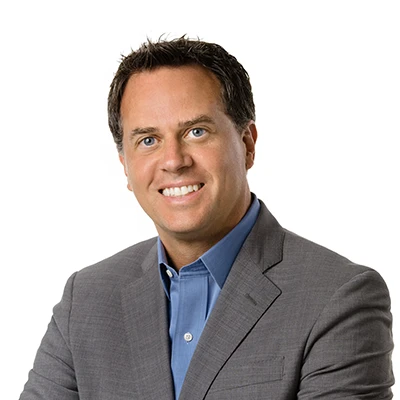The healthcare industry is a complex, dynamic ecosystem that continues to evolve to meet the needs of today’s patients while also looking ahead to future expectations. The rise of alternative care models in recent years demonstrates the flexibility within healthcare to deliver on the promise of patient-centric care in ways that truly meet our patients when and where they most need us.
Navigating the healthcare system is a demanding and often frustrating task—especially for patients and families experiencing a health crisis. An equally profound issue is the lack of integration between the multiple touch points a patient may encounter in their healthcare journey.
The ability to provide concierge-level support to patients could soon become a crucial differentiator for health systems. To better integrate the patient journey, patient care navigation is increasingly recognized by health systems for its ability to leverage the latest advances in digital health to deliver personalized support to patients throughout their healthcare journey.
Guiding Patients Through the Healthcare Maze
Patient navigators are members of the broader care team who work with patients to overcome barriers and help them better understand their options for continued care and how to obtain it. The process starts with a needs assessment of both the patient and caregivers. Navigators then guide the patient and family to the resources needed to produce a holistic and satisfying healthcare journey. This ensures that the patient and their caregivers receive concierge-level support and never feel alone in their journey.
Examples of patient navigation solutions include:
- Post-acute navigation—for emergency department (ED) patients at risk for return visits and exacerbations of their disease(s).
- Substance use navigation—for patients who begin medications for addiction treatment during an ED or inpatient visit and are then connected to community resources.
- Transitional care management—for complex inpatients who are making the transition home or to a lower level of care.
- Preventative, primary, and urgent care navigation—for outpatients who could use assistance in managing primary or preventative care and those with more acute needs for urgent care services through connections with telehealth physicians.
For patients and their families, care navigation can reduce emotional and social barriers to care. Navigators also help improve the quality and timeliness of care by scheduling needed follow-up appointments and advocating for patients and their needs. What’s more, they are available to address social determinants of health (e.g., food and housing insecurity) by connecting families with community resources. This results in improved patient outcomes and a better patient experience with less frustration negotiating the healthcare maze.
Navigation also pays off for health systems in terms of reputation, cost savings, and efficiency. A navigation pilot at a major health system in Illinois resulted in a 53% decrease in ED revisits for high utilizers six months post-navigation and garnered excellent feedback from patients. Its success has also been demonstrated by improving quality metrics for value-based reimbursement programs (e.g., bundled payments).
Vituity’s Dedication to Care Navigation
Vituity recently launched Healthful, a new company dedicated to delivering highly personalized support through care navigation. Healthful is the first startup to spin out of Inflect Health, Vituity’s innovation hub.
Healthful represents Vituity’s ongoing investment in patient-centric solutions that improve experience, equity, access, and outcomes. It was inspired by front-line Vituity clinicians who noticed that their patients needed direct support to navigate the ins and outs of complex healthcare experiences. Healthful’s portfolio of services includes population health management, support for alternative payment models, transitional care management, and substance use and emergency department navigation.
Healthful’s proprietary patient navigation platform is among the first to leverage artificial intelligence and machine learning to help team members accurately and proactively identify the patients who will benefit most from care navigation. This technology also helps Healthful navigators build personalized care plans for each patient.
Supporting Patients on Their Healthcare Journey
As both providers and consumers of healthcare, most of us know firsthand the frustration of dealing with our fragmented system. We have a moral imperative to make care as accessible as possible to our patients. This means providing the support they need to understand options, address social needs, and advocate for themselves. Care navigation is one of the most cost-effective ways to guide patients on their healthcare journeys. And I think we can all agree that it’s what we’d choose for our families and ourselves.























